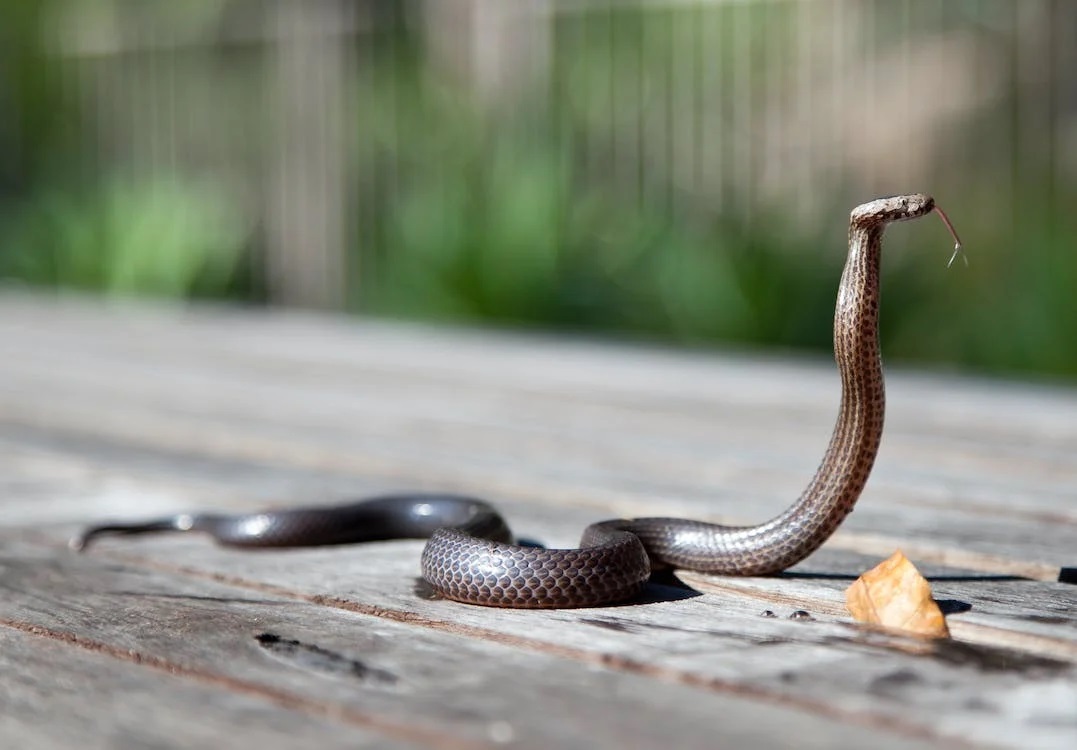The question of how a snake drinks water may seem simple at first glance, but the actual process is quite fascinating and involves a combination of unique biological adaptations. Snakes are remarkable creatures, and their ability to survive in a wide range of environments is attributed to their specialized anatomy and behavior. To understand how a snake drinks water, we need to delve into the intricacies of their biology and behavior.
Biological Adaptations:
- Forked Tongue: Snakes have a forked tongue that is highly sensitive to chemical cues in their environment, including the presence of water. They use their tongue to “taste” the air and sense the location of water sources.
- Jacobson’s Organ: Situated in the roof of a snake’s mouth, Jacobson’s organ, or the vomeronasal organ, plays a vital role in detecting chemical signals, including water molecules. Snakes use this organ to gather detailed information about their surroundings.
Finding Water Sources:
Snakes, like all animals, need water to survive. They have adapted to find and access water sources in various environments. Here’s how they do it:
- Smelling Water: When a snake detects the scent of water in the air using its forked tongue and Jacobson’s organ, it can follow the scent trail to locate a potential water source. This is especially useful in arid or dry regions where water may be scarce.
- Rainfall: In some cases, snakes can simply wait for rain to fall. Rainwater collects on the ground, and snakes can drink from puddles, leaves, or any surface where water accumulates.
- Submersion: Certain snake species, like aquatic snakes, spend a significant portion of their lives in or near water. They can simply submerge themselves to drink, absorbing water through their skin.
How They Drink:
When a snake finds a water source, it needs to ingest the water. Snakes drink through a process known as “buccal pumping.” Here’s how it works:
- Approach: The snake positions itself near the water source, such as a puddle, pond, or stream.
- Dip and Submerge: The snake dips its head and mouth into the water. It opens its mouth, and its lower jaw drops to allow water to enter.
- Suction: Snakes create a vacuum or suction by expanding the oral cavity and drawing the water into their mouths. This action is similar to how we use a straw to drink from a glass. The water is drawn into the snake’s mouth by a combination of muscular action and the pressure differential created.
- Swallowing: Once the water is inside the snake’s mouth, it is swallowed. The snake’s digestive system processes the water, absorbing the necessary fluids.
Notable Snake Species:
- Desert Snakes: Snakes in arid regions, like the sidewinder rattlesnake, have adapted to conserve water. They can drink efficiently and retain water to survive in harsh desert conditions.
- Aquatic Snakes: Species like the sea snake are specialized for life in the water. They are adapted to drink by simply submerging themselves and absorbing water through their skin.
Adaptations for Arid Environments:
Snakes living in arid environments have developed specific adaptations to cope with water scarcity. These adaptations help them minimize water loss and efficiently use available resources:
- Concentrated Urine: Desert-dwelling snakes produce concentrated urine to minimize water loss. This allows them to extract the maximum amount of water from the prey they consume.
- Behavioral Adaptations: Some desert snakes are primarily nocturnal, seeking water and prey during the cooler, more humid nighttime hours to reduce water loss through evaporation.
- Burrowing: Some desert snakes spend much of their time burrowed underground, where the temperature and humidity are more stable, reducing water loss through respiration and skin evaporation.
Conclusion:
The process of how a snake drinks water is a fascinating example of nature’s adaptability and efficiency. Snakes, with their specialized anatomy and behaviors, have evolved to survive in various environments, including arid deserts and aquatic habitats. By using their forked tongue and Jacobson’s organ to detect water sources and employing buccal pumping to drink, they have perfected the art of obtaining essential fluids. Understanding these adaptations not only sheds light on the remarkable world of snakes but also underscores the intricate ways in which different species have evolved to thrive in their respective ecosystems.

